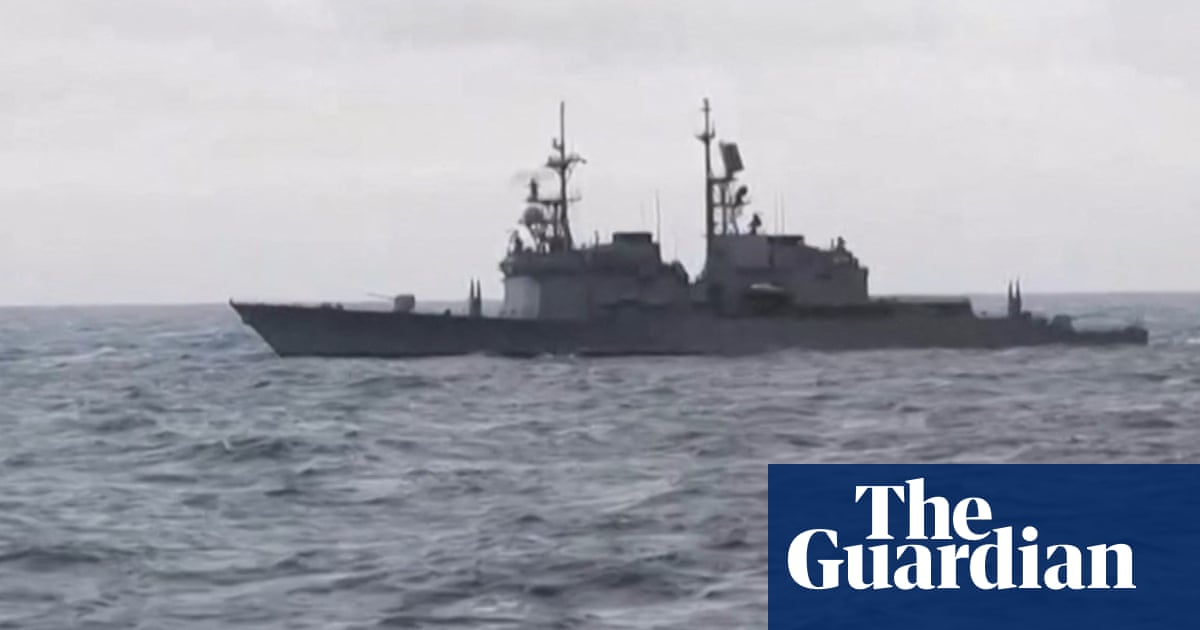China's Surprise Taiwan Military Drills: A Show of Force or a Calculated Risk?
China's recent surprise military drills around Taiwan have sent shockwaves through the region and sparked international concern. The unprecedented scale and intensity of the exercises, launched in response to Taiwanese President Tsai Ing-wen's meeting with US House Speaker Kevin McCarthy, raise critical questions about Beijing's intentions and the potential for escalation in the Taiwan Strait.
A Show of Unprecedented Force:
The drills, which involved live-fire exercises, simulated attacks, and the deployment of numerous warships and aircraft, were significantly larger and more aggressive than previous exercises. This display of military might clearly aims to send a strong message to Taiwan and its allies, particularly the United States.
- Simulated Blockade: The drills included simulations of a blockade of Taiwan, highlighting Beijing's growing capability to isolate the island.
- Amphibious Assault Drills: Exercises focused on amphibious assault capabilities underscore China's ambition to potentially invade Taiwan, although the timeline remains uncertain.
- Air and Naval Superiority: The deployment of advanced fighter jets, aircraft carriers, and destroyers demonstrates China's increasing air and naval dominance in the region.
Interpreting Beijing's Actions:
While China frames the drills as a necessary response to perceived provocations from Taiwan and the US, analysts offer differing interpretations:
- Deterrence and Coercion: The drills are undeniably a show of force designed to deter Taiwan from seeking independence and to pressure the US from further strengthening its ties with Taipei.
- Testing Capabilities: The exercises also serve as a valuable opportunity for the People's Liberation Army (PLA) to test its combat readiness and interoperability.
- Domestic Politics: The drills could be a calculated move to bolster domestic support for the Chinese Communist Party (CCP) amid economic challenges and growing social unrest.
International Reactions and Global Implications:
The drills have drawn strong condemnation from the US, Japan, and other democratic nations. These reactions highlight the growing international concern over China's increasingly assertive military posture.
- US Response: The US has increased its military presence in the region, sending warships and aircraft to monitor the situation.
- Regional Tensions: The drills have exacerbated tensions with neighboring countries, particularly Japan, which has expressed deep concern about the potential for conflict spilling over into its territory.
- Global Instability: The escalating tensions in the Taiwan Strait pose a significant threat to global stability, with the potential for wider conflict involving major powers.
Looking Ahead: Uncertainty and the Path Forward:
The future of the Taiwan Strait remains highly uncertain. The outcome will depend on several factors, including:
- US-China Relations: The trajectory of US-China relations will significantly influence Beijing's actions towards Taiwan.
- Taiwan's Response: Taiwan's response to the pressure, including its military preparedness and diplomatic efforts, will be crucial.
- Regional Dynamics: The reactions of other regional powers, including Japan and South Korea, will shape the overall response to China's actions.
The recent military drills represent a significant escalation in the tensions surrounding Taiwan. While the immediate threat of invasion may remain unclear, the drills underscore the growing risk of conflict and the need for careful diplomacy to de-escalate the situation and prevent further escalation. The international community must remain vigilant and actively work towards a peaceful resolution to this complex geopolitical challenge.
Keywords: China, Taiwan, Military Drills, Taiwan Strait, PLA, US, Xi Jinping, Tsai Ing-wen, Kevin McCarthy, Geopolitics, International Relations, Military Exercises, Regional Security.

